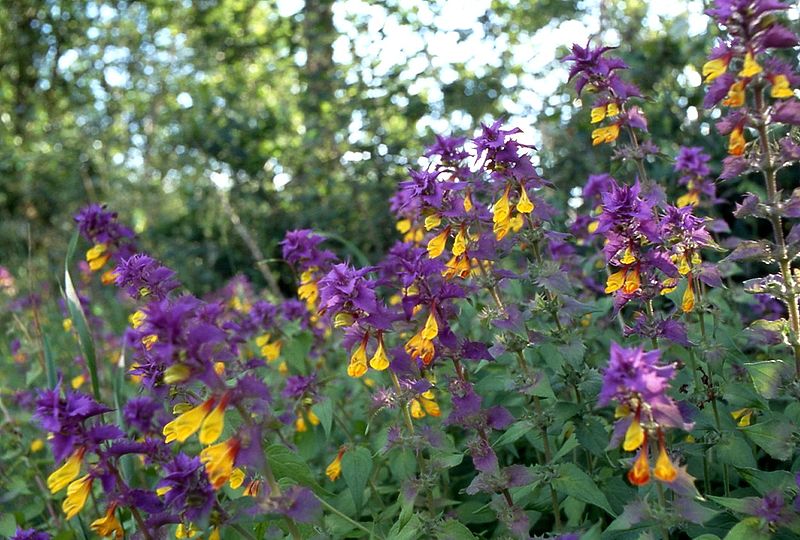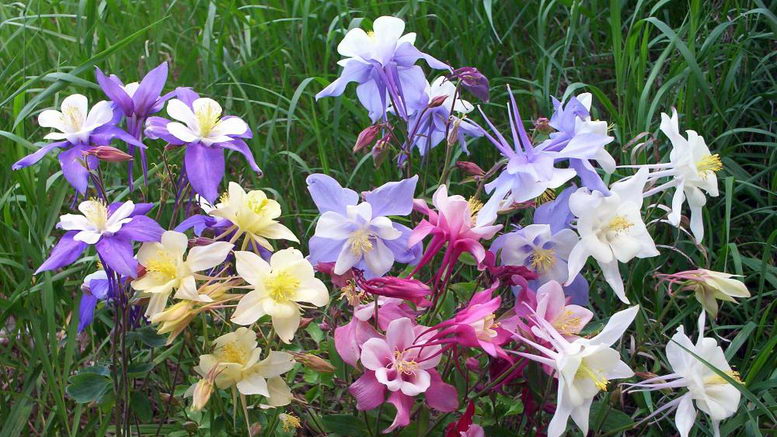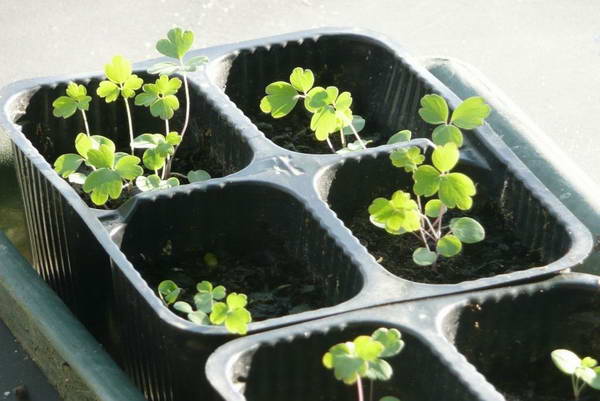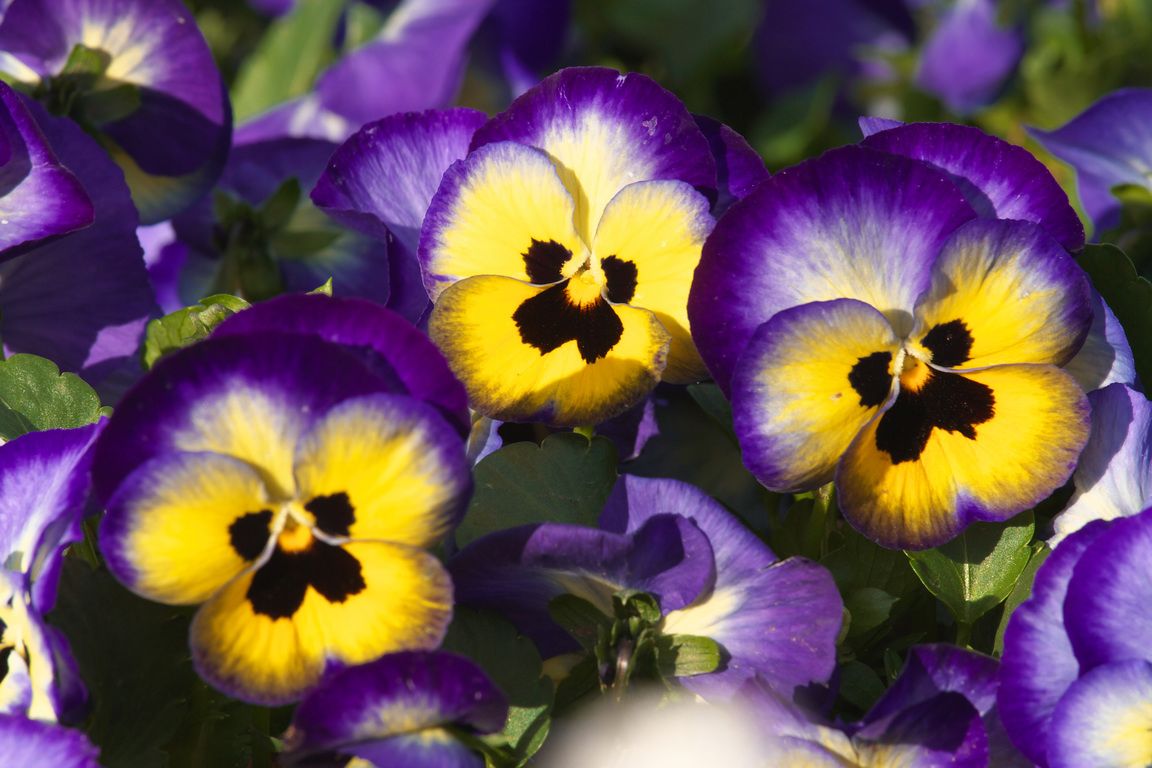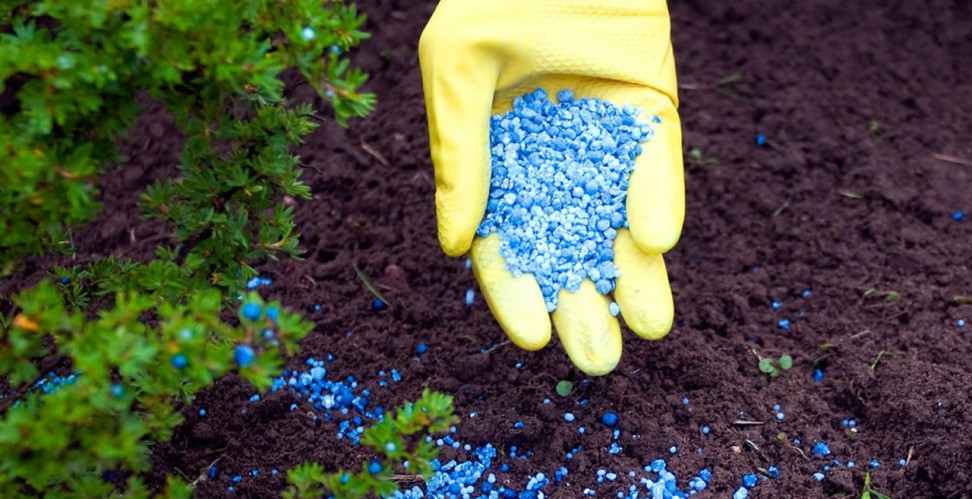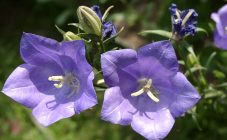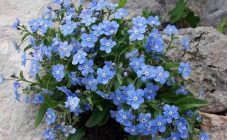Purple wildflowers are found everywhere in human life. They grow wild in fields, along river banks, in meadows. Despite their wild origin, some summer residents grow them on their plots. Their simple and gentle look attracts the attention of others.
Meadow flowers grow everywhere: on the plains, in the mountains, along water bodies. There are a lot of purple wildflowers in nature, there are about 150 thousand species, studied and described - only about 50. Most of them belong to a number of medicinal plants, which are famous for their miraculous properties since antiquity. Of these, the most popular representatives are: cornflower, dog violet, bell.
In recent years, wild flowers have smoothly migrated to household plots, thanks to them unique flowering compositions are created, they are also used to create a fragrant lawn. One of the most popular is the Moorish lawn.
Characteristics of purple wildflowers
Aquilegia
Aquilegia is a humble plant compared to the lush blooming inhabitants of our gardens. However, the many shapes and colors, unpretentiousness, the ability to live in a variety of, even shaded corners of the garden make it very attractive for gardeners.
Aquilegia translates as catchment, this name is quite suitable for this plant, since its flowers collect and retain moisture for a long time. There are other names: aquilegia is called an eagle, elf shoes or a dove.
The branches of aquilegia are semi-double, double or ordinary, their petals have a very interesting shape, they fold into a kind of bag with a curved spur at its end. Aquilegia Californian, Canadian, golden, blue has very bright flowers and long spurs, while European varieties are more delicate in color and not so large. In height, different varieties are also radically different, the smallest aquilegia reaches a height of only 20 centimeters.
Planting and leaving
Aquilegia does not like transplanting and dividing the bush, it is best to propagate it with seeds, which are sown either directly on a flower bed before winter, or in seedling boxes in March. It is necessary to sow and plant seedlings in a soil well fertilized with organic fertilizers so that the flowering of aquilegia is bright and lush. Self-seeding is possible, so it is better to remove flower pods after flowering.
During the season, the plants need to be fed with full mineral fertilizer, it is best to do this twice: in the spring and immediately after flowering.
The plant is completely unpretentious, lives in one place for a long time, does not need regular watering, since its tap root system perfectly produces water. Aquilegia feels best in semi-shady parts of the garden, although it blooms well and develops in the sun, but in this case its flowering is not so long, and the brightness of the flowers is less saturated.
Aquilegia blooms profusely, usually for three weeks, blooming in June, but if you constantly cut off the withering flowers, then you can admire it all summer. However, in this case, the plant weakens and next year it may not bloom at all.
Low-growing varieties of aquilegia can be planted among ground cover plants on an alpine hill, higher ones look good in flower beds along with lupines, irises or bells.
Vitex sacred
It is also called the Abraham tree. It is a plant that grows in the vicinity of rivers and streams, typical of the Mediterranean region and Central Asia. Today the chaste tree is beneficial due to its antispasmodic and sedative properties. Increasingly, they began to use it in landscaping areas.
Characteristics and properties
It is a small tree (rather even a shrub) with quadrangular branches, with a scent similar to that of salvia. Flowers are purple bells, collected in an inflorescence that vaguely resembles a lilac-colored candle, fruits are black-elongated drops containing seeds that look like black pepper.
It is the fruits rich in substances that give the plant the ability to act on the pituitary gland. Thus, the chaste tree has anti-estrogenic and antispasmodic effects, useful in the treatment of acne, premenstrual syndrome and menopausal disorders.
The tree can be sedative and is used to treat depression, infertility, and amenorrhea.
Growing and care
The plant responds well to care and is very easy to grow. The shrub is not damaged by pests, as well as diseases.
You can propagate the culture by cuttings. The survival rate is a little weak, so this is a kind of flaw in cultivation. Another disadvantage of growing a plant is its low winter hardiness. Very poorly tolerates temperature changes, especially low ones.
Pansies
This is a purple long-stemmed herbaceous perennial wildflower, the name of which appeared thanks to the legend of a girl's love for a boy.
The length of the plant stem reaches 40 cm. The leaves are alternately located on the stems. They, in turn, have a small petiole. To the very bottom of the stem, the leaves are larger, at the very top they become much smaller.
Flowers are usually tricolor, but Pansies with purple and violet hues are more common.
Flower cultivation
When choosing a site for sowing a flower, it should be borne in mind that it is light-loving and very picky about soil fertility. It is also worth remembering about drainage, since Viola (second name) is very fond of moisture and lightness of the substrate.
It is required to feed the plants at least 3 times per season, as they absorb a large amount of nutrients from the soil.
After wilting of foliage and shoots, as well as flowering of flowers, such parts should be removed so that the plant does not lose its appearance and does not waste energy on the restoration of dying parts.
Of the huge variety of plants in nature, it is the purple meadow flower that has become widely used in landscaping. Among the huge variety of color names, each florist will find for his site exactly the one that will complement the composition with his bright memorable color.Alpine slides, flower paths and waterfalls, mono-planting - all this can be created on your site, if you thoroughly study the rules for caring for plants and follow all the recommendations. Careful selection of plants for your climatic territory will avoid problems in the cultivation of crops.
